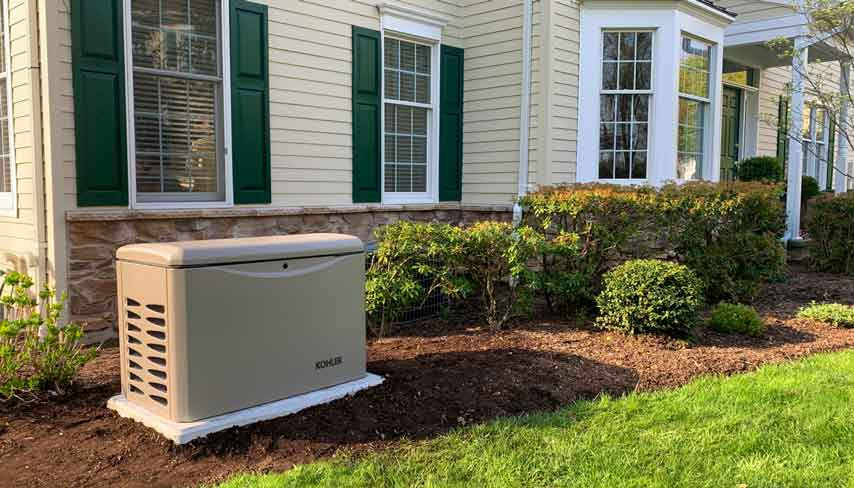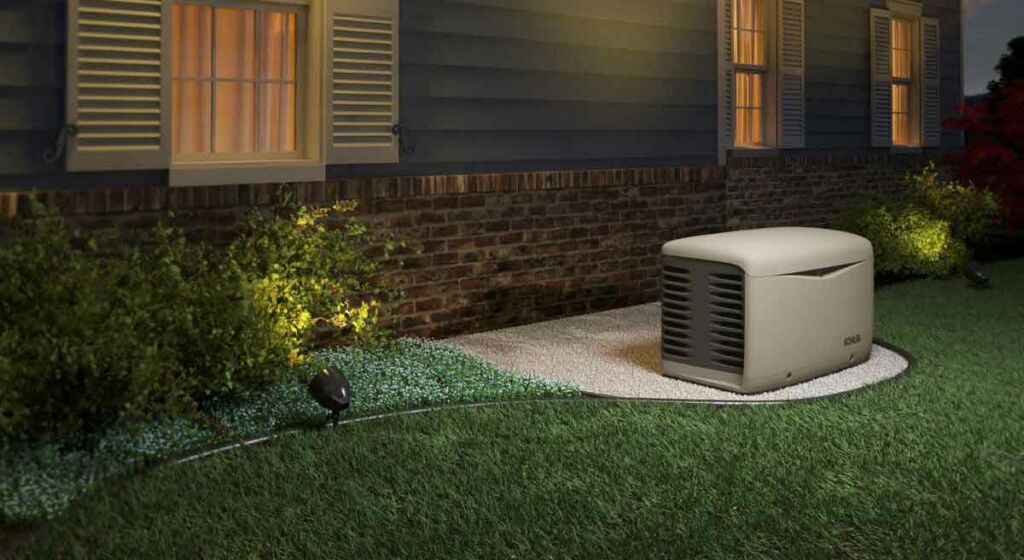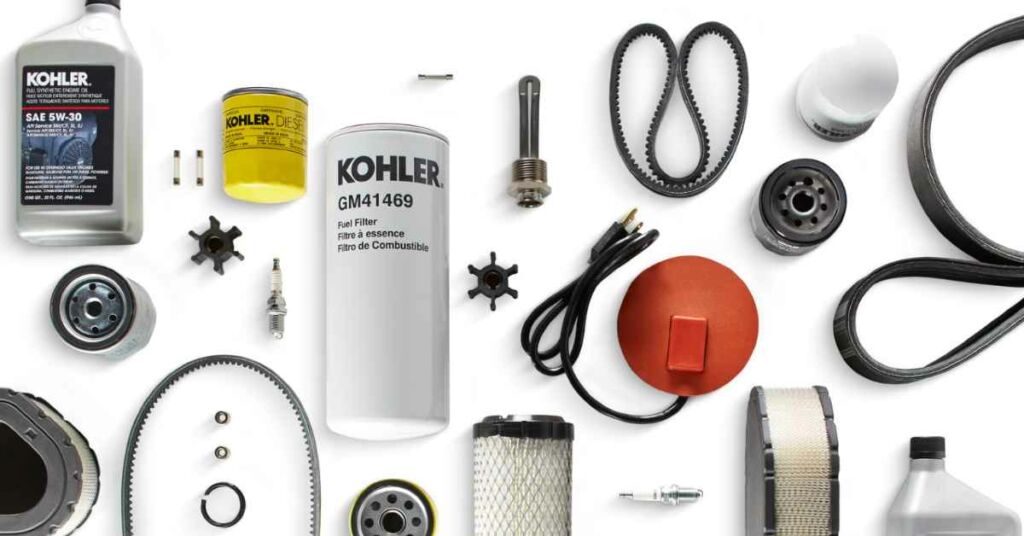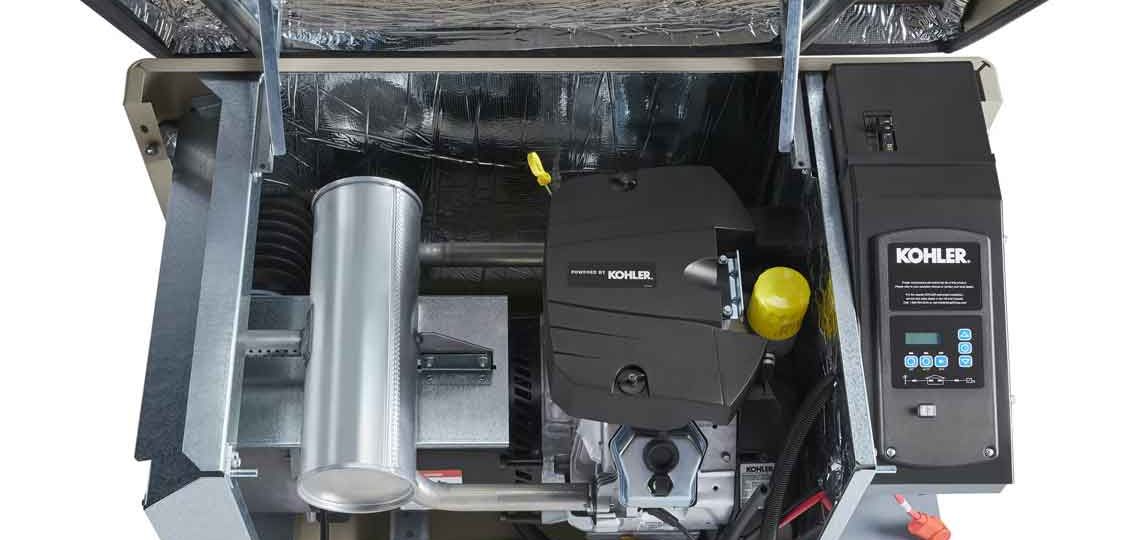In the following article we will inform you about the key points of generator maintenance. Remember what we have always told you, it is not only buying the right generator, it is also installing it correctly and maintaining it properly.

Investing in the acquisition of a power generator for the home can help protect our family in emergency situations where there is a power outage.
However, we often only realize if we have done the right things as home generator owners at the moment we try to tap into the backup power that the generator can offer. As long as we do not need that backup energy, the generator will remain off.
Modern home backup power generators are mechanisms with a certain degree of complexity. The technology of these devices has improved remarkably over time and today they are generally reliable and robust. This is particularly true when we buy quality generators (like the ones we sell at Brags & Hayes…. heh heh heh heh). However, let’s not forget that every machine must undergo a maintenance regimen to make sure it is available when we need it. You do not want to be in a situation where you need your backup power only to find that it is not available . This is where the home generator maintenance comes in… So you never find yourself in this situation! Read on and find out how easy it can be to maintain your generator.
Reading the user manual of your generator is always advised.
Everything starts with the user manual of your generator. In the manual that the manufacturer will inform you of any specific maintenance that your generator requires. It is important to keep, read and take into account the manufacturer’s recommendations found in the owner’s manual. It contains model specific information that will allow your generator to operate optimally.
Additionally, in the owner’s manual the manufacturer usually informs essential details about the maintenance of your generator and has information on the type of replacement parts, their respective SKUs, and what oil your generator will need.
It is better to prevent damage to the equipment, so always do preventive generator maintenance.

It is common for the manufacturer to recommend that your generator system run a test cycle at least once a week for approximately 20 minutes. This cycle will occur at the same time each week after you set the day and time, and is a vital part of preventive maintenance. If there are no alarms or warnings present it is a good indication that your backup power generator is OK.
Periodic maintenance can go a long way toward keeping your backup generator in tip-top condition. At a minimum, a good visual inspection should be done on a monthly basis, as well as after any extended generator run times. You should make sure that:
- The unit and its surroundings are free of debris or furniture and there are no rodents or other pests that may be making your generator a home.
- Check the oil level of your unit. This should only be done when the unit is not running. If it is time to check the oil, but your unit has been actively running, wait 15 minutes after shutting down before checking the oil level.
- Check that coolant levels are where the manufacturer recommends.
- If it is a diesel generator, check the fuel level and the fuel/water separators. Be sure to drain the water and add more fuel as appropriate.
- Inspect the battery and its housing for signs of corrosion or leaks. Be sure to check that there are no loose wires and that the terminals and wiring are free of damage or wear.
- Finally, take the time to verify that the battery charger is working as expected.
Preventive maintenance of a machine as complex as your emergency generator requires regularly planned checks. You can carry some of these tasks out. Others that will require the participation of a qualified technician. Read the following section to make sure you have those steps clear.
A check list that can help you do home generator maintenance.

For your reference and guidance, here is a helpful checklist for maintaining your standby generator(s). Each group of activities is formulated according to the recommended frequency. In this list we assume that your generator is correctly installed and operating under the conditions recommended by the manufacturer, it is therefore a list of preventive, not corrective, maintenance.
NOTE: Always refer to your generator owner’s manual for a complete list of suggested maintenance activities.
weekly maintenance
- Run generator (normally no-load automatic transfer switch exercise cycle).
- Verify that the unit has worked and has no alarms or warnings.
- Ensure adequate fuel levels.
- Make sure the generator is in “Auto” mode, for automatic starting.
- Check that the circuit breaker is closed.
- Make sure there are no fluid leaks.
Monthly maintenance
- Check engine coolant level.
- Check engine oil level.
- Check the battery charger.
Annual Maintenance (Scheduled maintenance with a certified technician.)
- Oil and filter change.
- Change fuel filter.
- Change the air filter.
- Clean crankcase breather.
- Change spark plugs.
- Check coolant concentration.
- Bleed the cooling system (as necessary).
- Perform load bank tests.
- Fuel testing and reconditioning (diesel fueled units only).
- Remove water from fuel tank (diesel fuel units only).
Bi-annual maintenance (schedule maintenance with a certified technician).
- Inspect the enclosure.
- Check battery electrolyte level and specific gravity.
- Check battery cables and connections.
- Inspect drive belts.
- Check coolant heater.
- Check refrigerant lines and connections.
- Check for oil leaks and inspect the lubrication system hoses and connectors.
- Check for fuel leaks and inspect fuel system hoses and connectors.
- Inspect the exhaust system, muffler, and tailpipe.
- Check and clean air filter units.
- Inspect air induction pipes and connections.
- Inspect DC electrical system, control panel, and accessories.
- Check AC wiring and accessories.
We want you to know that you have our network of Brags & Hayes DNAs who can help you perform regular maintenance on your generator. For more information you can read the following article: THE POWER OF BRAGS & HAYES DNAS.
We also want you to know that at Brags & Hayes we have more than 50,000 original generator spare parts at your disposal. To find the part you require, you can go to the following page: SHOP PARTS BY PART NUMBER.
Modern standby generators don’t need maintenance as frequently as older models, but there’s no way you can neglect them completely. Following the maintenance procedures outlined above will help keep your generator running smoothly when you need it most. If you need help or advice, contact any Brags & Hayes Generators agent by phone (+1.954.657.7777) or WhatsApp (on this screen) and we will gladly assist you.


